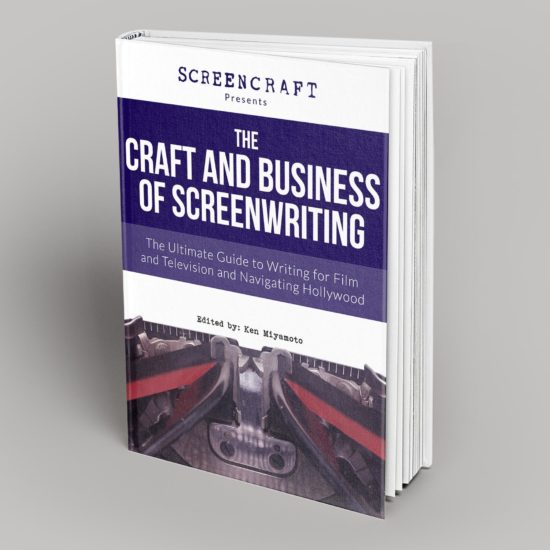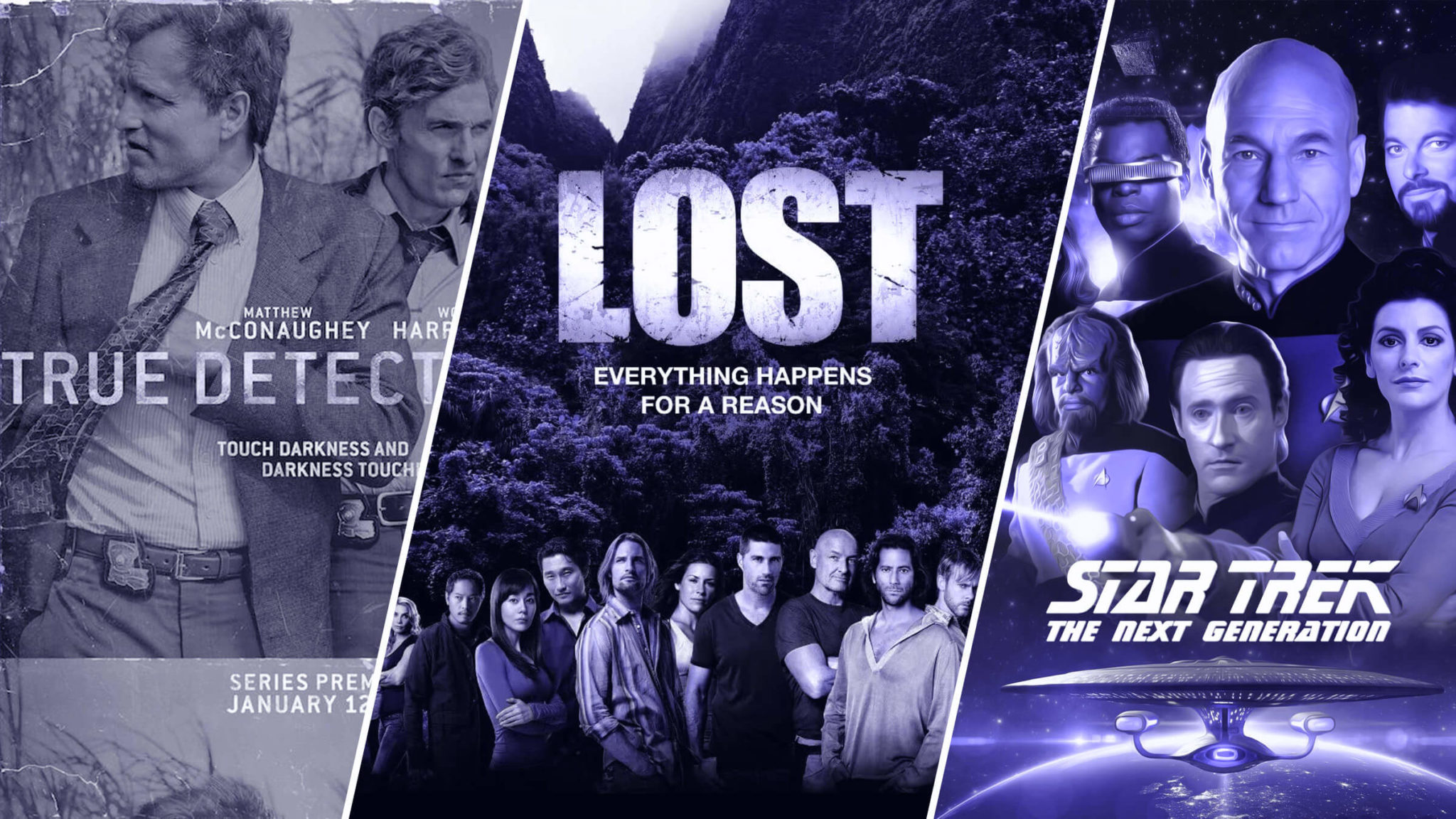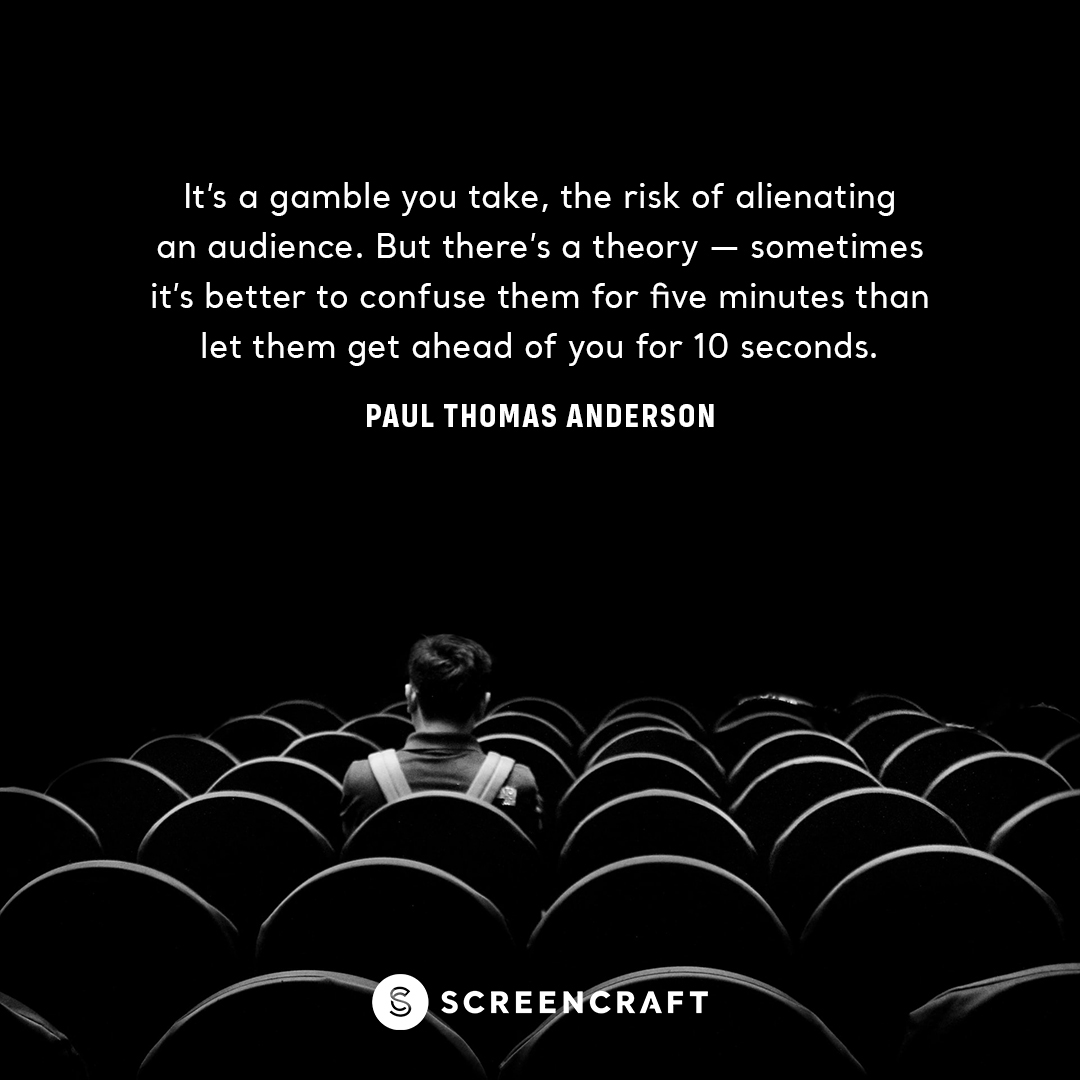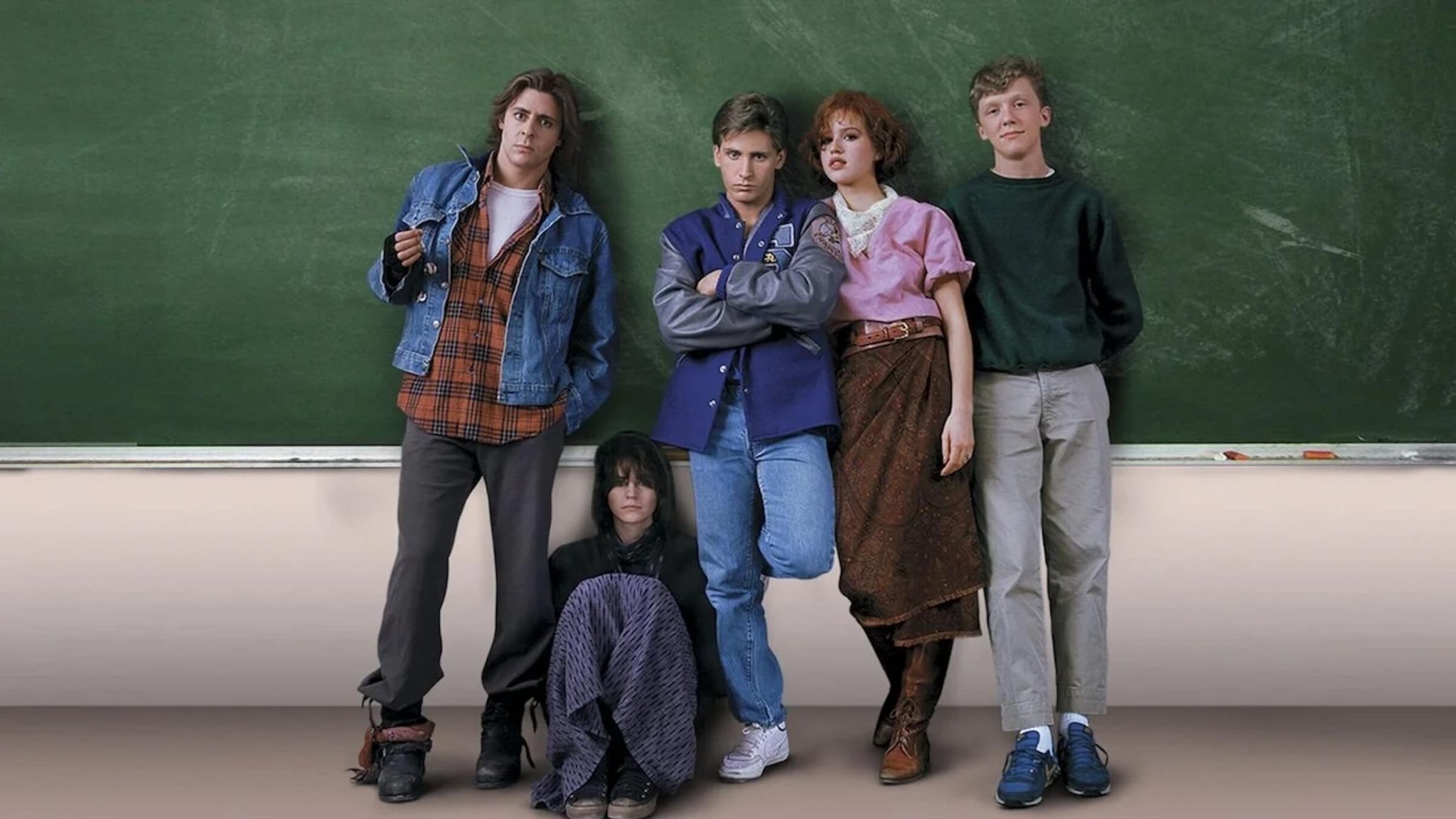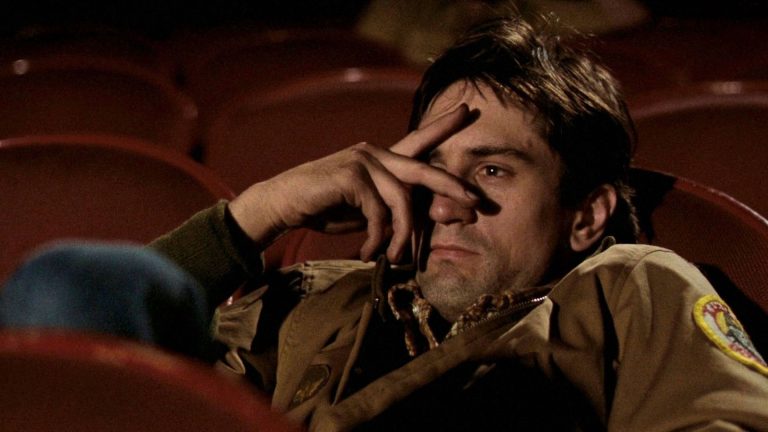
Films are becoming increasingly difficult to define by genre. As independent filmmaking blooms and a new wave of creators gain access to incredible technology, a more intimate artistic paradigm is emerging.
A heightened sense of realism has led to a blending of genres that helps our entertainment to better reflect life. It’s what audiences want. A single day holds a rollercoaster of emotions, as does our entertainment. Nowadays an animated sitcom isn’t just a series of jokes — it’ll pull your heartstrings too. Everything has a deeper meaning or reason for being.
Here are some films that broke the glass ceiling, tore down the prisons of film theory, reconstructed masterpieces, drew outside the lines until there were none, and even inadvertently created a little chaos in the process.
Casablanca
Let’s just get this one out of the way, shall we? There’s a reason this film is at the top of every list and, “Frankly Scallop, I don’t give a clam.”
When this little unknown sleeper hit was released, it broke all the rules. It was a love story, but the guy didn’t get the girl. There was no fairytale ending. With two of the most popular actors of the era on the marquee, it certainly didn’t play into the audience’s expectations.
This was a film made during a time when everything was conventional, so it was mind-blowing that a blockbuster could deviate so much from the norm. Yet, the film itself was very much a reflection of the time. The ordered world was on the brink of an uncertain future as violence and espionage took hold. Rick had to overcome his apathy and comfort in order to take up a righteous cause, and ultimately sacrifices love for duty. The ending was ahead of its time while being wholly of its time.
Yet, Casablanca still fell short because of its time. A woman’s fate was still dependent on a man.
It seems as though the industry is just now breaking out of this archaic way of thinking, leading us to…
Frozen
Women taking control of their own fates — in a Disney film no less? Oh, what a time to be alive. Frozen purposely turned the false notion of the chivalrous Prince Charming on its head (a trope classic Disney films helped create, no less). Yet writer Jennifer Lee set us up to think that this was going to be just like every other Disney movie. We watch as Anna falls blindly for Hans. It’s an ideal fairytale romance. They seem to be made for each other.
Love at first sight turns out to be the worst mistake of Anna’s life when she finds out that he’s been using her. Hans, the perfect knight in shining armor, has ulterior motives to take power from the sisters. Instead of saving her, he betrays her, and Lee masterfully sets up the old tropes as traps.
It isn’t a romantic relationship that ultimately ends the curse of eternal winter — it’s the love between sisters. When it’s all said and done, Anna chooses a man on her own terms.
In a way, Frozen broke a chilly spell that has long lingered over Hollywood, and was released at the beginning of a movement that continues to shine a light on the strengths, talents, and power of womanhood in an industry traditionally opposed to equal pay for equal work.
Blade, Then Deadpool
Todd McFarlane fought for years to bring his dark comic book Spawn to the screen and eventually got his wish in 1997. As they say, be careful what you wish for. The problem was that at the time the source material was considered too dark. To get the film made, a whole lot of concessions were made in order to please the producers. Silly Rabbit, comic book movies are supposed to be for kids — right?
The next year, Blade was released and gained international success at the box office. Being Marvel’s first major theatrical release, it proved that a relatively unknown comic book character can push real numbers with an R rating. With the follow-up successes of X-Men (2000) and Spider-Man (2002), Marvel settled into a pattern of family-friendly universe building.
The snowball effect of Marvel’s growth made each film more profitable than the last. They shied away from R ratings in order to attract the largest audiences possible. Anyone could buy a ticket with a PG-13 rating and the goal was to sell out theaters. Executives thought that restrictions would mean less money. They’d be proven wrong.
The Dark Knight Trilogy (2005, 2008, 2012) carried the torch of dark, gritty, and realistic superhero films through the aughts but still kept ratings below the line. It wasn’t until Deadpool (2016) shot up the scene that any concern about whether a dark and violent superhero film could rake in as much cash as Avengers was dashed. Writers Rhett Reese and Paul Wernick proved that a superhero movie can break every convention down to the credits and still make a killing with a whole lotta killing.
Coming full circle, McFarlane has another shot to make the Spawn film that he always envisioned. The 1997 version didn’t quite hit the mark, but it inevitably paved the way for comic book films to keep pushing boundaries, eventually allowing McFarlane another chance to create his violent and grim existential nightmare.
Pulp Fiction
Pulp Fiction by no means invented the nonlinear storyline — but it certainly brought the technique to the forefront with the crass grunginess of the early 90s. Hollywood in the 1980s was dominated by classics that induce instant nostalgia— John Hughes, Harold Ramis, Christopher Columbus, Steven Spielberg. So when a new kid came into town with the force of a tornado, it was hard not to notice.
Overdoses and needles to the heart, cuss words firing out of character’s mouths as often as their guns, a scene that rivals the infamy of Deliverance, a dance number that has inspired countless Halloween costumes for couples. The content of Pulp Fiction is heavy, and the structure of the film cuts that heaviness down into digestible chunks.
Despite Pulp Fiction’s unique nonlinear arrangement of events, Tarantino still follows a 5 Plot Point Structure within 3 acts.
For an in-depth breakdown of Pulp Fiction’s structure, check out Keaton Ziem’s Structure of Pulp Fiction: Method in the Madness over at The Script Lab.
Black Christmas (1974)
The original Black Christmas didn’t break conventions as much as it created them. This cult classic is responsible for creating many of the tropes that define the slasher sub-genre as we know it today. It could be argued that Nosferatu and Psycho were truly the first slasher films, but this film is certainly considered the Trope Maker.
Here are some tropes that Black Christmas helped originate:
The twist Bolivian Army Ending later used in Friday the 13th. The killer POV later used in Halloween. The cat scare, creepy attic, police arriving after final battle, creepy voice on the other end of the phone, the cop who is keeping watch is already dead when you need help, the calls are coming from inside the house, the final girl, the killer is never shown or explained in any way, police won’t help because they don’t believe the initial victim’s friends, the final girl runs up the stairs toward the danger instead of out the door, tracing a phone call against the clock, the red herring killer. All of these tropes and more find root in Black Christmas.
Halloween went on to codify the slasher sub-genre by including a mask and backstory for the killer by drawing on the other originator of slashers The Texas Chainsaw Massacre. Halloween became wildly popular and set trends, but it stood on the foundations that Black Christmas built.
Memento
Memento was the breakout second feature of the little known writing/directing duo, Jonathan and Christopher Nolan, and our first taste of their unconventional storytelling techniques.
A who-done-it mystery with a protagonist searching for his wife’s killer. This would be our official introduction to the Nolan style in that nothing can be that simple. No, to sprinkle a little complexity in there, the protagonist suffers from anterograde amnesia from the attack (he has no new long-term memory). The character must puzzle together the mystery by taking polaroids and tattooing important information on his body. Oh, and there are two interweaving timelines and one is going in reverse.
Here’s the thing, Christopher Nolan is an antique clockmaker in an era of digital watches. He disassembles his storylines and reconstructs them. He tinkers and maps out his story progressions with lyrical rhythms and creates charts that show the journey a character will take through the subconscious mind. It’s a lot. They say that a screenplay is the blueprint of a film. Well, Nolan’s screenplays have blueprints too.
Andy Klein wrote a fantastic article for Salon that deconstructs Memento’s scene structure and gives an insightful glimpse into the brilliant mind of Christopher Nolan. Read it here.
Night of the Living Dead
When The Motion Picture Production Code collapsed in 1967, it awoke a bunch of zombies in George A. Romero and John Russo. The weight of the restrictions that had been lifted from filmmakers’ shoulders was monstrous. Filmmakers such as Alfred Hitchcock had for years eluded the censorship system with clever visual and audio effects.
The new MPAA film rating system wouldn’t be in place until November 1968, allowing just enough time for The Night of the Living Dead to slip into theaters in October of that year. With no rating system in place, even young children had access to the film, increasing the controversy that spread like a plague. Audiences had never seen anything like it. It was gore galore.
The film was also considered groundbreaking at the time because the protagonist of the film was a black man leading the fight against a horde of flesh-eating zombies. In the height of the Civil Rights Movement, it was empowering to see a black man take charge on the screen.
Critics spit at the film but within five years it became the highest-grossing horror film made outside of the studio system. The film’s legacy endures throughout pop culture to this day.
Adaptation
Charlie Kaufman, the fictional protagonist of Charlie Kaufman’s ultra-meta-work of genius, sits in a screenwriting seminar. He’s reached a point of desperation, and admits as much in a voice-over monologue of utter self-pity — as all writers do at some point.
McKee is seething from the stage, “...and God help you if you use voice-over in your work, my friends. God help you. That's flaccid, sloppy writing. Any idiot can write a voice-over narration to explain the thoughts of a character.”
Charlie sinks down in his seat.
This is a film that uses a writer’s self-referential journey through doubt, jealousy, and despair in order to create a wonderful mess that comes together perfectly. It is a screenplay written by and for screenwriters. A true ode to the craft.
(500) Days of Summer
To continue the whole conversation about voice-overs, in this film the over-the-top narrator says, “This is a story of boy meets girl. But you should know up front that this is not a love story.”
Once again we find a nonlinear story in a genre that doesn’t usually deviate from convention. All the best romantic comedies have the two lovebirds come together for a honeymoon period, fight over a miscommunication, break up, move on, realize their one true love, and come running back to each other. Its unconventional style finds flash mobs breaking into musical numbers.
(500) Days of Summer keeps it real. It’s built on Tom’s expectations as he convinces himself that he’s found his one true love in Summer, and the fallout that ensues when he realizes he hasn’t. He projects his love onto Summer, who clearly states her intentions at the beginning that she isn’t looking for anything serious.
As they both give up their own wants and needs to satisfy the other, it’s clear they aren’t meant to last. Though, considering this is a romantic comedy, we want them to reconcile. So when things inevitably fall apart, the viewers grasp onto Tom’s disappointment that their desires weren’t met, despite knowing from the very first line that, “this is not a love story.”
The appeal of the film is how it shows the parts of relationships we don’t typically see in romantic comedies. The audience can relate to the characters because they’ve been there. We’ve all had failed relationships and unrequited loves and (500) Days of Summer taps into that.
An Oversimplification of Her Beauty
Which brings us to a lesser-known work that is a pure creative expression of unrequited love. Renaissance man Terence Nance wrote, directed, produced, edited, starred in, and animated this mixed-media exploration into a man’s mind after a romantic interest stands him up on a date.
This film breaks all walls of convention and is truly free in every way conceivable. It’s a poetic dance of visual and audial brilliance. When people ask for a recommendation for a film that breaks all the rules and taps into a subconscious form of abstraction, this is the film I always turn to.
Oh, and the whole film is laced with voiceover narration.
*Honorable Mention
Friday Night Lights
We see a team of young men overcome devastating setbacks and grind it out all the way to the state championships — only to lose. This marks a vast shift in sports films where the team you’re rooting for doesn’t come out on top.
Not to mention, sports films don’t often delve into the home lives of the players. We see how much football means to the kids of Odessa. For many of them, their time under those lights on Friday nights will be the greatest of their lives.
Football is a way of life in many small Texas towns. It’s a way out for a chosen few, and for the rest, it either provides a lifelong sense of pride or shame. The pressure placed on the players by their parents and neighbors adds another layer behind the need to win. The film does a great job of showing how fleeting those moments are and how football looms over the town as a sort of burden.
“Learn the rules like a pro, so you can break them like an artist.”
— Pablo Picasso
 Kevin Nelson is a writer and director based in New York City, baby. He has written and produced critically acclaimed short films and music videos with incredibly talented artists, worked with anti-human trafficking organizations, and would rather be in nature right now. See more madness on Instagram or follow his work on https://www.kevinpatricknelson.com
Kevin Nelson is a writer and director based in New York City, baby. He has written and produced critically acclaimed short films and music videos with incredibly talented artists, worked with anti-human trafficking organizations, and would rather be in nature right now. See more madness on Instagram or follow his work on https://www.kevinpatricknelson.comFor all the latest ScreenCraft news and updates, follow us on Twitter, Facebook, and Instagram.
Tags
Get Our Screenwriting Newsletter!
Get weekly writing inspiration delivered to your inbox - including industry news, popular articles, and more!





